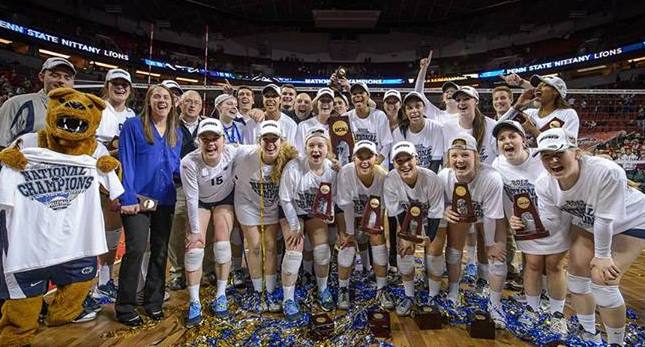Posted By David Steinberg On July 24, 2014 @ 9:19 am In Health and Fitness,Strength | 35 Comments
After spending a few hours with Mark Rippetoe and two members of his coaching team — John Petrizzo and Nicholas D’Agostino — I’ve learned that online strength training information, though often of high quality, takes a distant second to an in-person session from a top-notch coach. And you simply cannot find one at a corporate gym. Maybe you have found one, or thought you had, but my experience from this project has been that years, dollars, and perhaps time spent recovering from injuries could have been saved had I originally sought out the advice considered to be the best by those who train for a living.
For more detail on that, I asked Petrizzo why he was drawn to Rippetoe’s methods and chose to become an affiliated coach:
All through high school and college I read everything I could get my hands on in regards to training for enhanced strength and athletic performance. Starting Strength stood out. I had never seen a comparable level of analysis applied to the barbell lifts in terms of their application and execution. Prior to SS, everything I had read in regards to lifting technique was merely the author’s opinion. I had never read anything that applied a sound biomechanical rationale for every aspect of the movements included in the program, and why they should be coached and taught in the manner they were presented in the book.
This was sorely lacking in my formal undergraduate education as an Exercise Science major.
Coach Rippetoe has been writing introductory strength training articles for PJ Media this year. I called him to suggest we do a “video coaching” project, wherein I would follow the advice from his Starting Strength, record each training session, and then send him the video to critique. He didn’t like that idea, explaining that top-level coaching needs to occur in-person.
A few weeks later, Rippetoe, two coaches, and a cameraman were in my lifting partner’s basement gym, showing us everything we’ve been doing wrong all these years.
There’s a reason potential Olympians move to Colorado Springs, and why talented youth tennis players move to Florida. Serious improvement comes from a trained eye watching your every move, giving immediate and correct feedback. This doesn’t happen online, and the trained eyes who can do this at the highest level are few. The difference between Rippetoe, his colleagues, and every other trainer I have worked with? They are meticulous: they always noticed flaws immediately, they gave me the proper fix, and I felt an immediate improvement in performance. If you want improve your strength for any reason — the best being long-term well-being — then you should consider a visit with the best.
A few weeks later, Rippetoe, two coaches, and a cameraman were in my lifting partner’s basement gym, showing us everything we’ve been doing wrong all these years.
There’s a reason potential Olympians move to Colorado Springs, and why talented youth tennis players move to Florida. Serious improvement comes from a trained eye watching your every move, giving immediate and correct feedback. This doesn’t happen online, and the trained eyes who can do this at the highest level are few. The difference between Rippetoe, his colleagues, and every other trainer I have worked with? They are meticulous: they always noticed flaws immediately, they gave me the proper fix, and I felt an immediate improvement in performance. If you want improve your strength for any reason — the best being long-term well-being — then you should consider a visit with the best.
We’re breaking the video from that training session into five parts, which we will publish over the next few weeks at PJ Lifestyle. On the following page is the first video: “The Squat, Part One.”
Topics covered:
Weight gain: As Rippetoe has previously covered here, the big, strong guy is both self-sufficient and healthier than the waif. You need to eat if you want to get consistently stronger on a strength program — sometimes those plateaus occur from an insufficient diet. What kind of weight gain might someone pursuing greater strength expect?
Foot placement: How far apart, and at what angle?
Back angle: Rippetoe displays, with a simple hands-on test, that a less vertical back angle instantly helps you move more weight.
Eyes on the floor: With another simple test, Rippetoe shows that the typical eyes-forward squat taught by corporate gyms represents weaker positioning.
Bar placement: You are probably placing the bar too high on your back, which can lead to that more vertical back angle. Dropping it down — where it doesn’t feel so comfortable at first — shortens the lever and gives you a mechanical advantage over the high bar position.
To see the video click on URL to article below:


